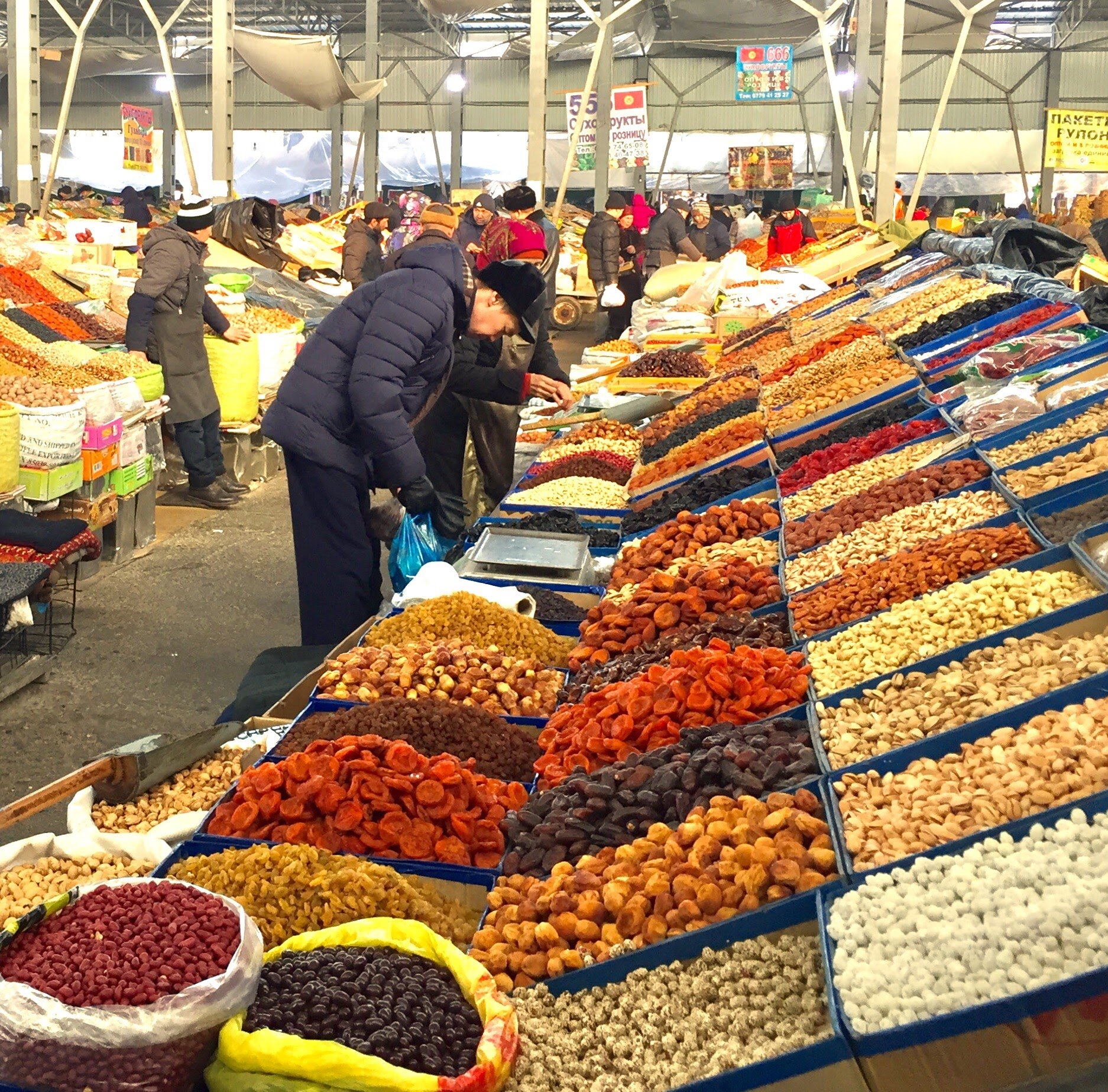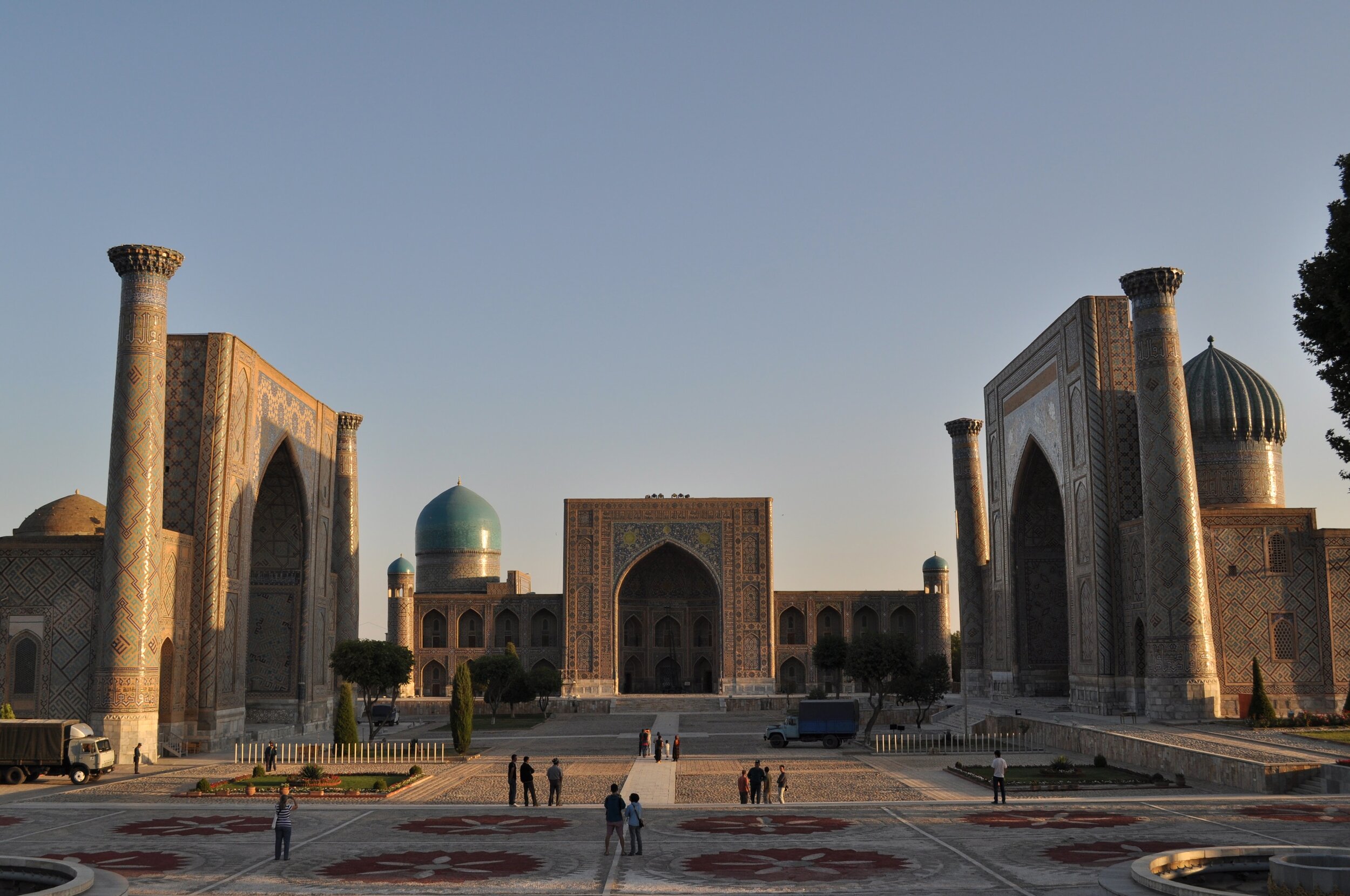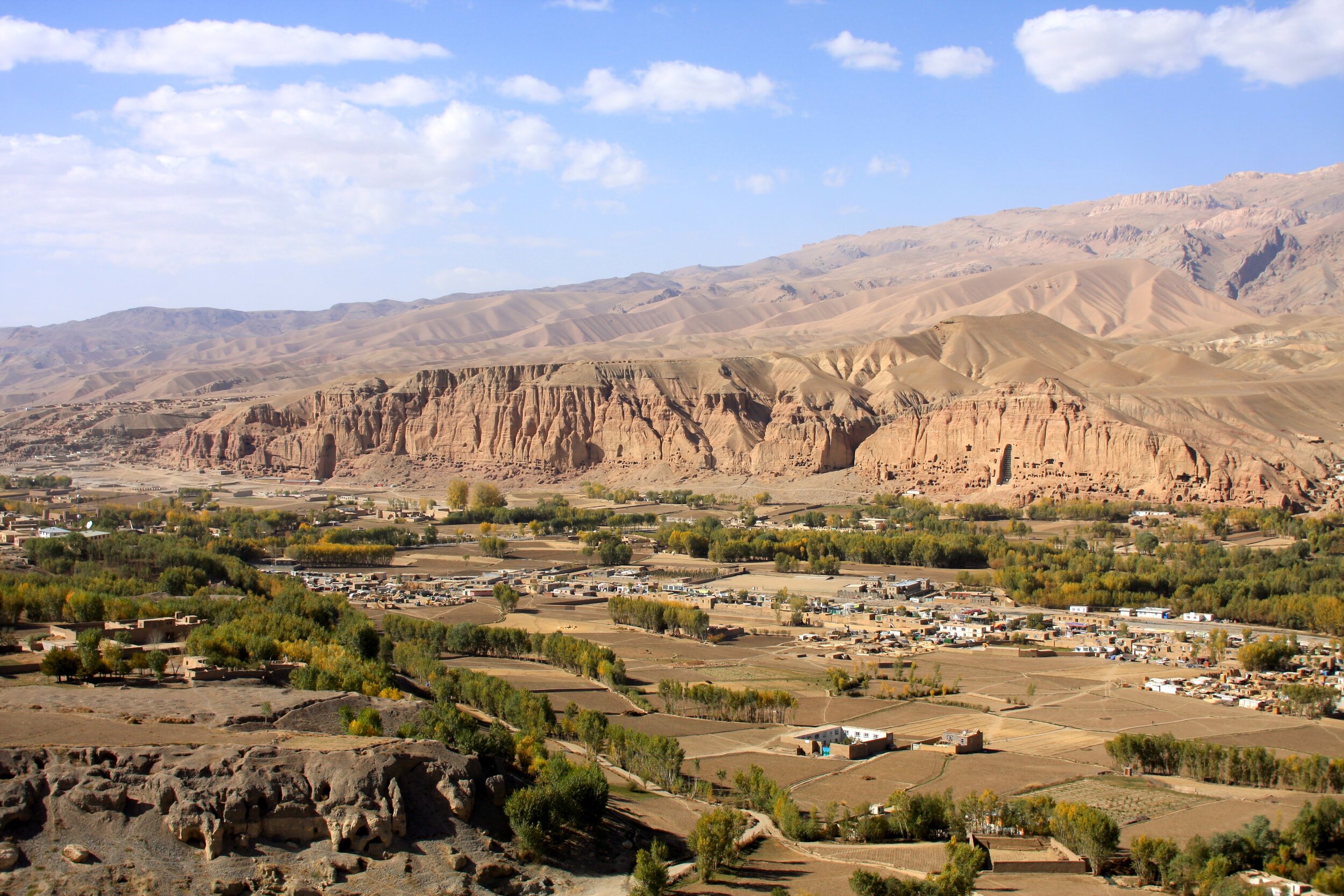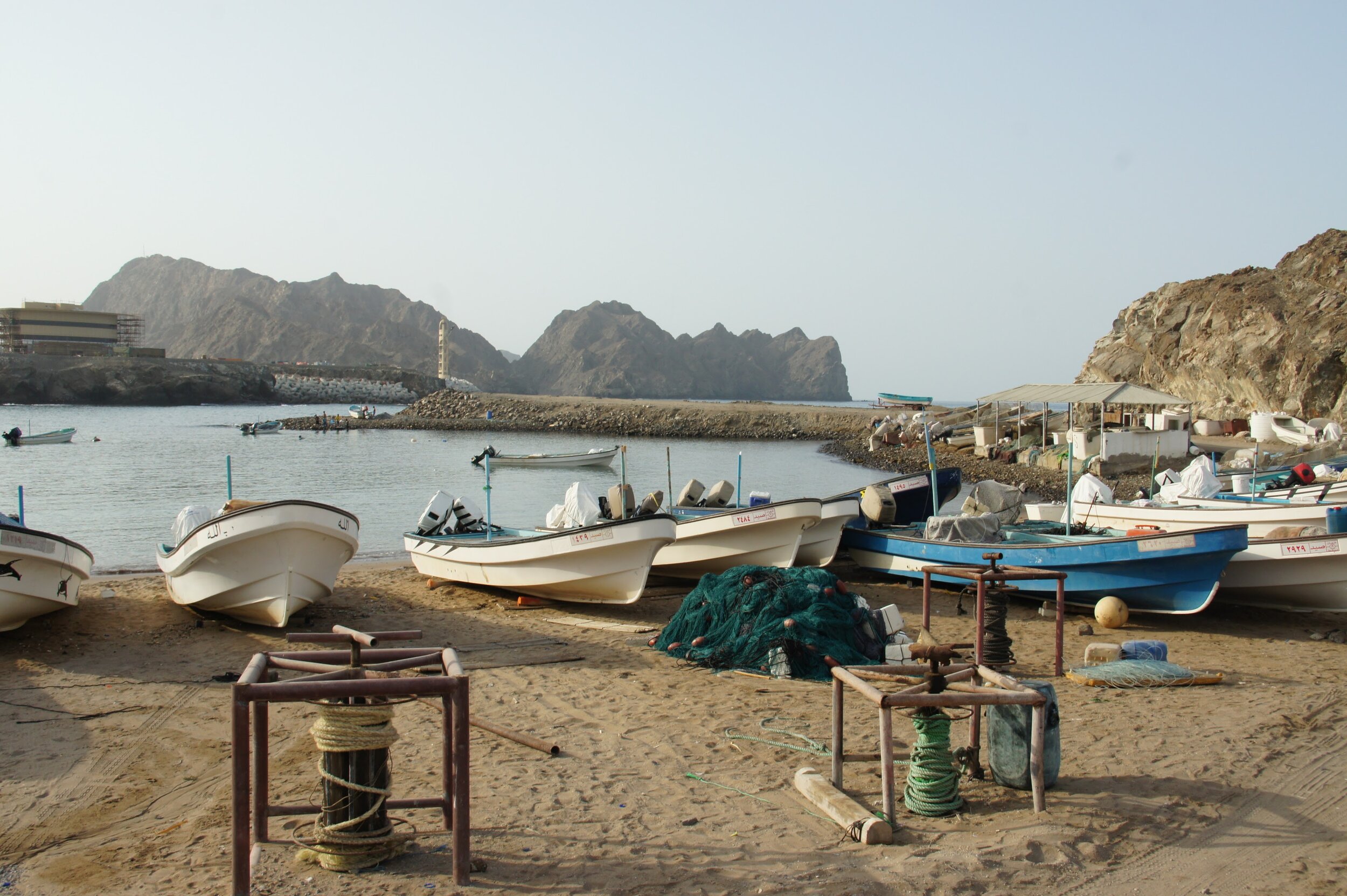From China to Turkey, the shared cultural heritage and legacy of the Silk Road unites countries in the region to this day.
Nuts and spices at a Central Asian bazaar. Mirano. CC2.0
Stretching from southeastern Europe to East Asia, the Silk Road was a major trade route throughout medieval history. Trading lasted from 130 B.C. to 1453 A.D. when the Ottoman Empire boycotted trade with China and ended the exchange of goods. Some goods commonly traded on the Silk Road included produce, silk, paper, gunpowder and spices. As well as trading commodities, the Silk Road resulted in the transfer of goods, ideas and new technologies. Moving from Asia toward Europe, here are nine historical sites on the Silk Road.
Melons for sale in Kashgar. Gusjer. CC2.0
1. Kashgar, China
Kashgar, located in western China in the region of Xinjiang, is the traditional capital of Uyghur culture. The city provided a resting point for merchants on the Silk Road traveling to India, Pakistan or Central Asia. Surrounded by the fertile land of the Tarim Basin, large quantities of produce were grown and traded here, as well as textiles, leather and pottery. A noteworthy historical sight is the Ivan Bazaar, one of the most colorful structures in the city.
Over the past three years, China has received international criticism for suppressing the Uyghur Muslim population in Xinjiang, an act referred to as cultural genocide by many human rights advocates. A new detention center was opened north of Kashgar and has been used as recently as last January. Recent visits to Kashgar reveal that women in the city are not wearing traditional Islamic attire such as the hijab, and men have shaved off their beards. Additionally, all mosques have been closed or shut down. The current situation in Kashgar is cause for grave concern.
The Uyghur Human Rights Project is a nonprofit organization working to promote the human rights of Uyghurs in Xinjiang.
Karakorum, Mongolia. Mortel. CC2.0
2. Karakorum, Mongolia
Founded by Genghis Khan in 1220, Karakorum is one of the most historically significant cities on the Silk Road. Located on one of the most traversed east-west routes of the Silk Road, many different ethnicities lived in the region, including Turkish, Uyghur, Chinese and Sogdian peoples. Many religions, including shamanism, Islam, Buddhism and Nestorian Christianity, were practiced here. The city was famous for producing metallurgy and quality ceramics in the 14th century using technology from China. Today, the annual Naadam festival in the modern city showcases traditional Mongolian sports and culture.
Registan square in Samarkand. Vstijn. CC2.0
3. Samarkand, Uzbekistan
Samarkand is one of the oldest continuously inhabited cities in Central Asia, with settlements dating as far back as 1500 B.C. Recognized as one of the most important historical sites on the Silk Road, the city was a key trading center for merchants. Samarkand was also well known for craft and textile production throughout history, with the practice continuing to this day. Internationally recognized for its stunning Islamic architecture, some notable buildings include the Shah-i-Zinda, a mausoleum complex north of the city dating from the 14th to 16th century, and the Bibi Khanum Mosque which contains stunning tile work and architecture.
View of the Bamiyan Valley. Zielcke. CC2.0
4. Bamiyan, Afghanistan
Located in the Hindu Kush Mountains in central Afghanistan, the Bamiyan Valley served as a bridge between China and India on the Silk Road. Over the centuries, Bamiyan became a melting pot of different cultures and religions. Buddhist monks from China arrived in the fifth century, resulting in Bamiyan becoming a monastic center. Evidence of Buddhist influence in Bamiyan is in large caves carved into the valley wall. The two largest caves contained giant Buddha statues that were destroyed by the Taliban in 2001. There are over 100 caves in the mountainsides of the valley, containing preserved frescoes, paintings and seated Buddha figures.
Couple walking in Isfahan’s Naqsh-e Jahan Square. Stanley. CC2.0
5. Isfahan, Iran
Isfahan was the capital of two empires in Persia, the Seljuks and the Safavids. The city is renowned worldwide for its fascinating history and stunning architecture, leading to the Persian saying, “Isfahan is half the world.” The Seljuk Empire (1038-1194) led to the growth of the city, resulting in a blend of ethnic groups in the region, such as Arabs, Turks and Persians. A new Islamic architectural style developed during this period that was unique to Iran and is exemplified by the Jameh Mosque, also known as the Friday Mosque. Under the control of the Safavids (1502-1736), Isfahan was made the capital by Shah Abbas I and trade routes were altered to pass through the city. Architecture flourished during this period, including the famous city square known as the Naqsh-e Jahan. The city square includes the four aspects of Safavid polity: worship, commemoration, sovereign administration and trade. The Shah Mosque and Mosque of Sheikh Lotfollah are some of the most exquisite examples of Safavid architecture in the city.
Kapaleeshwarar Temple in Chennai. Mortel. CC2.0
6. Chennai, India
Chennai, formerly known as Madras under British rule, is the capital city of the state of Tamil Nadu in southern India. Nicknamed “the Gateway to South India” due to its key geographical position on the maritime Silk Road, Chennai acted as a resting place for merchants traveling from the “Spice Islands” of Indonesia back to the West. Although Chennai became a British settlement during colonial rule, the city’s unique cultural identity came about through decades of commerce and trade. The architecture in Chennai is telling of the city’s religious diversity, containing over 600 Hindu temples, mosques and churches, with buildings combining British neoclassical and north Indian Mughal architecture.
A sunset from Stone Town, Zanzibar. Floyd. CC2.0
7. Zanzibar, Tanzania
Located off the coast of East Africa, Zanzibar is a fascinating mix of East African, Arab, Indian, Persian and Western cultures. The island chain connected Africa and Asia through trade routes, bringing together merchants, traders and enslaved people. The Omani sultanate governed Zanzibar until 1861, and now the islands are a region of Tanzania. Centuries of tumultuous history have resulted in a rich cuisine, diverse population and unique architecture, as seen in the capital, Stone Town.
Coastline near Muscat. Hectorlo. CC2.0
8. Muscat, Oman
Muscat, the capital of Oman, has a pivotal geographic position along the trade routes of the maritime Silk Road. The city is located in a natural inlet, providing a refuge for ships during bad weather and access to freshwater. Many merchants stopped here on their way to India or East Asia. Shipbuilding also became a lucrative industry for the city. Growing prosperous through trade, Oman received timber, textiles and other goods from Asia. Oman later gained control of Zanzibar for the slave trade, as well as for spices and ivory. Muscat became a melting pot of cultures, which are visible in the numerous architectural styles found throughout the city.
Silk in Bursa. Schulz. CC2.0
9. Bursa, Turkey
A city well known for silk production and trade, Bursa is located near the slopes of Mount Uludag in western Turkey. Turkish settlement in the region began in the 11th century, with Bursa eventually becoming the capital of the Ottoman Empire in the 14th century. Notable architectural buildings include the Green Mosque, the Grand Mosque, and the imperial tomb complexes of Ottoman rulers. The demand for silk began during the Byzantine period under Emperor Justinian, resulting in the importation of silk from China. Silk production in Bursa started in the 16th century and reached its peak in the 19th century. Today, silk trading still takes place in the old marketplaces of the Koza Han.
Although the Silk Road allowed individual economies to flourish, the implications of the trade routes go beyond borders. For centuries, the Silk Road resulted in the intermingling of different ideas, religions and cultures, providing an early preview of the globalized world we live in today.
Megan Gürer
Megan is a Turkish-American student at Wellesley College in Massachusetts studying Biological Sciences. Passionate about environmental issues and learning about other cultures, she dreams of exploring the globe. In her free time, she enjoys cooking, singing, and composing music.











